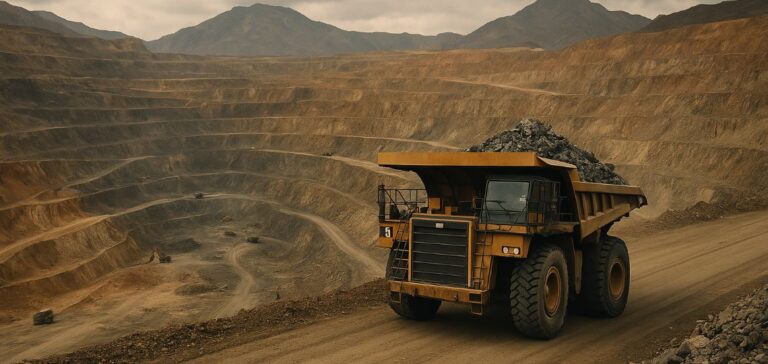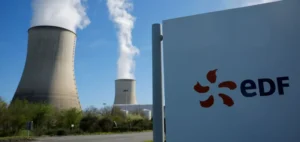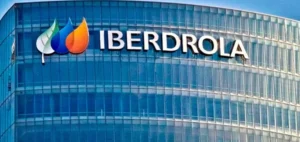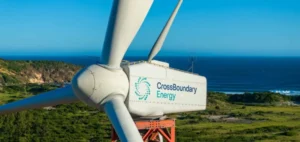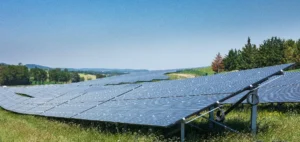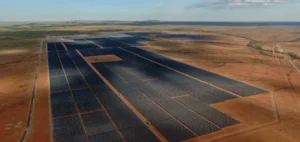Major mining groups are redirecting their capital allocation strategies towards sustained production growth, particularly in copper, according to a recent analysis by Wood Mackenzie. This trend reflects a growing intent to attract investment amid valuations deemed unattractive for share buybacks. Capital expenditure is therefore expected to increase in 2025 across both diversified and copper-focused companies, with priority given to high-return projects.
Decline in buybacks in favour of reinvestment
In 2024, share buyback volumes reached a low among major mining firms, with notional returns turning negative. This trend has been driven by lacklustre valuations and limited response from valuation multiples to distribution policies. James Whiteside, Head of Corporate Metals and Mining at Wood Mackenzie, noted that “buybacks are no longer generating expected returns, whereas growth investment, particularly in copper, is better recognised by the market.”
Greenfield copper projects are becoming key targets for investment, although not all firms possess a sufficient pipeline of opportunities. The notion of capital discipline, historically focused on maximising shareholder returns, is increasingly questioned amid a renewed emphasis on growth.
Marked reallocation of cash flows
According to Wood Mackenzie’s forecasts, leading copper producers could reinvest more than 100% of their operating cash flows over the next three years. Diversified groups are expected to establish a typical reinvestment rate exceeding 50%, concurrently reducing shareholder distributions to approximately 45%. Share buybacks are anticipated to continue declining.
This strategic pivot reflects a focus on commodities considered essential in the medium term. “For some firms, growth-related risk is now the best option,” said James Whiteside, noting that the right commodities currently offer stronger prospects than high distribution policies.
Contrasting strategies between Rio Tinto and BHP
Strategic divergence is particularly evident between Rio Tinto and BHP. Rio Tinto is advancing several high-potential projects such as Simandou (iron ore), Oyu Tolgoi (copper), AP60 (aluminium), and recent lithium assets. The company could reach a reinvestment rate of 60% by 2025 and maintain it in the longer term.
Conversely, BHP is focused mainly on copper in Chile, with a final investment decision expected on several projects this year. Apart from the Jansen project, growth opportunities are more limited, reinforcing a cautious approach. Its leverage could therefore fall below most of its peers over the coming years.
According to Wood Mackenzie, this new era of capital discipline may redefine how large mining companies balance growth and returns in direct response to market signals.


